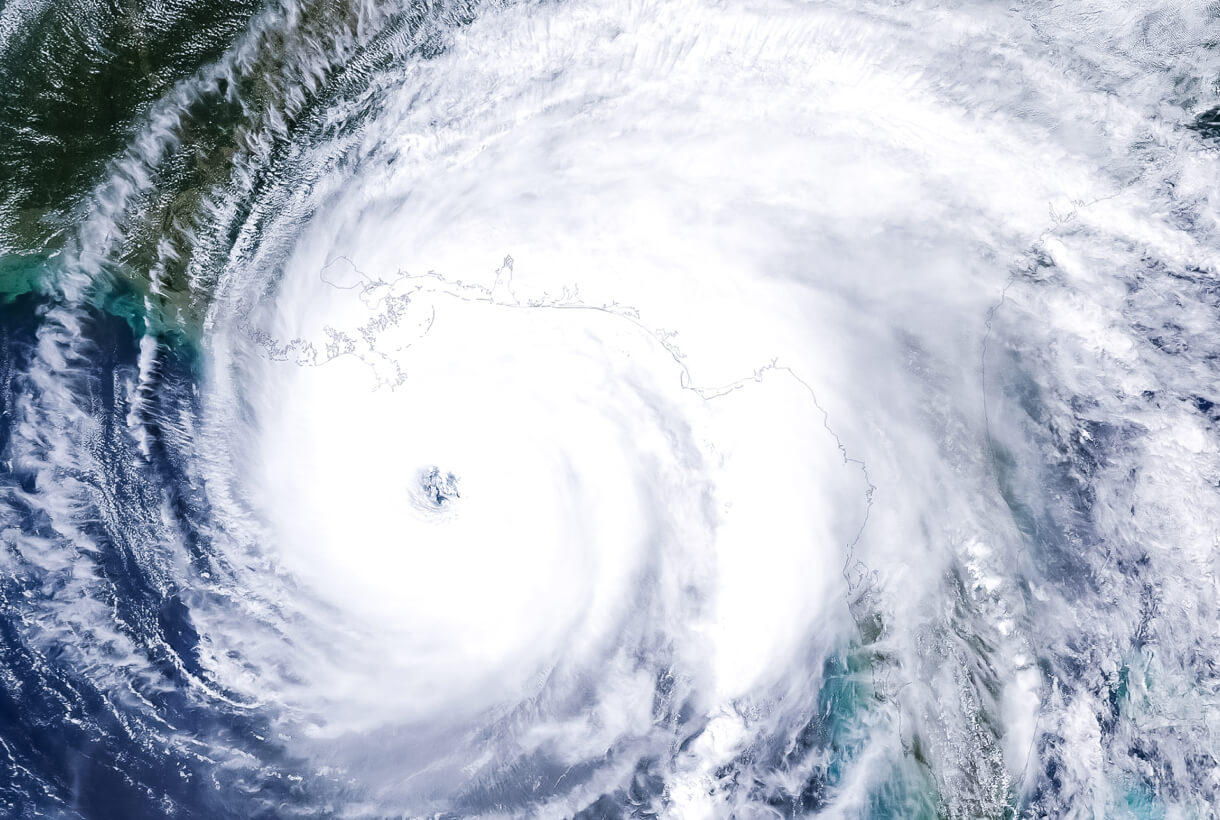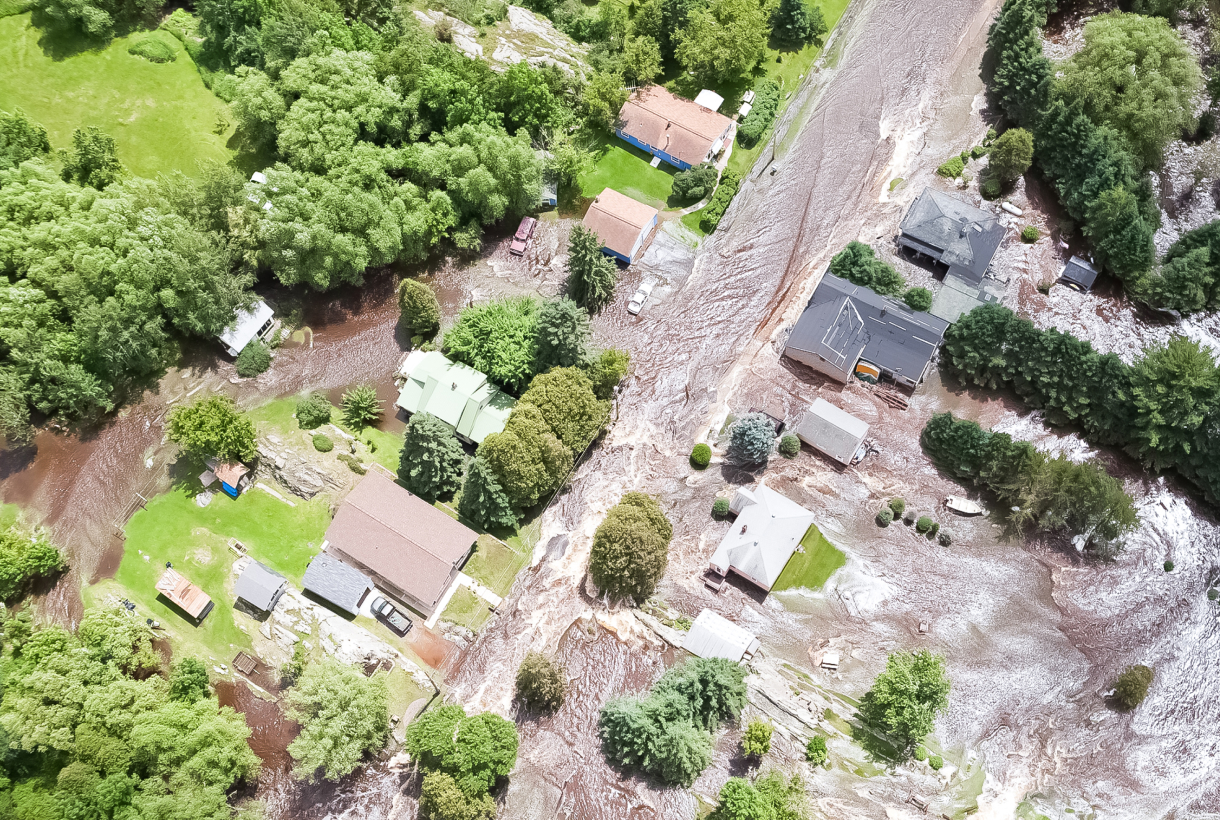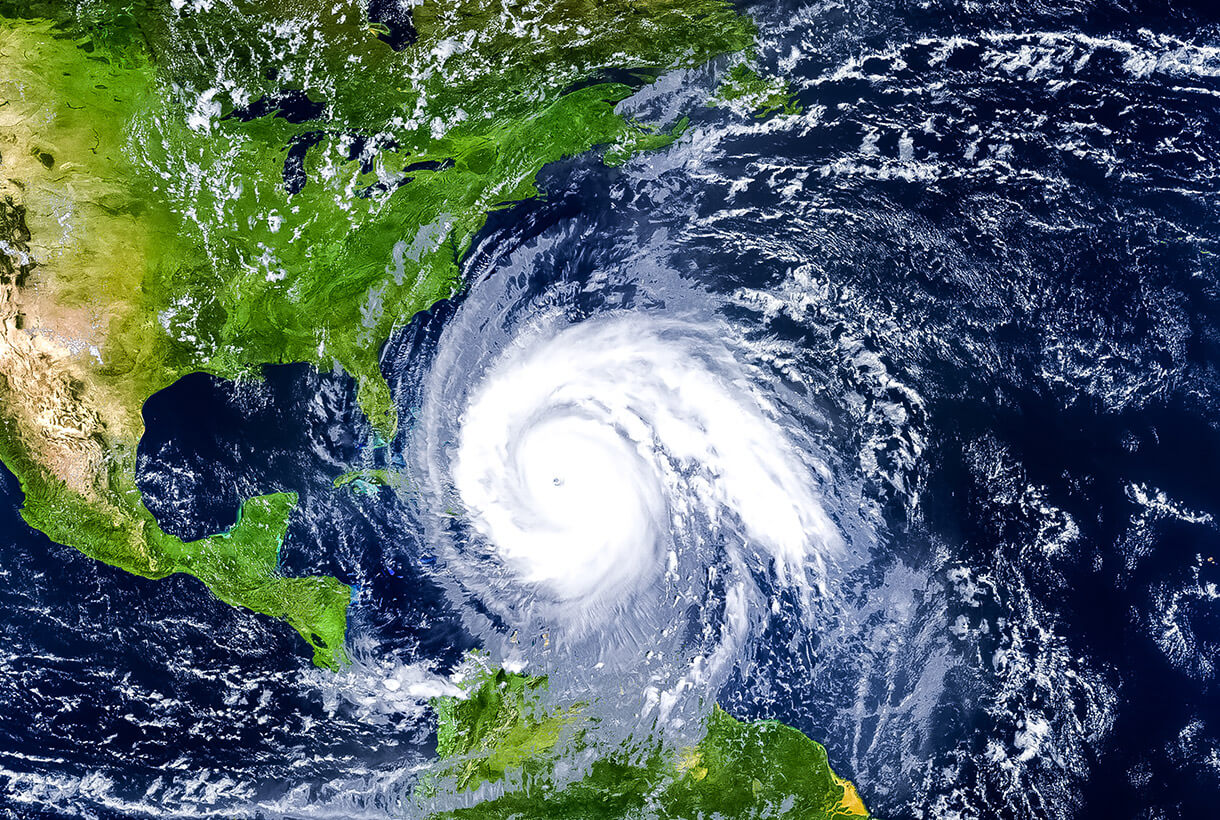From building sandcastles to raking leaves, June to November holds the promise of all kinds of fun-filled weather. While everyone’s enjoying the great outdoors on the beach and in the mountains, don’t forget it’s also hurricane season. This year, the National Oceanic and Atmospheric Administration (NOAA) predicts 12 to 17 total named storms. Make sure to schedule a time-out for inclement weather preparedness. A little preemptive effort now can save buckets of frustration later.
Although the 2023 Atlantic hurricane season is predicted to be less active than recent years, if we’ve learned anything from severe weather, it’s to expect the unexpected. Of those potential 12-17 named storms, one to four are forecasted to become major hurricanes.
In the midst of a storm, lives are on the line. If business can’t continue, livelihoods can be affected too. Effective crisis management holds the key to keeping your people and operations safe, while protecting business continuity.
Dial into Dynamic Risk
Dynamic risk is defined by the unpredictability of both the critical event itself and its resulting damages. Typically, the ultimate harm is different than what was initially expected. In the aftermath of a dynamic risk, organizational leaders often find themselves saying, “We were expecting this particular type/location of impact, but then we got hit in a completely different area.”
Hurricanes are just one example of dynamic risk, and with the season upon us, organizations must be ready not only for the storm, but also for the other events it may trigger.
Whether it’s immediate dangers like power outages and flooding, or long-term risks like disease contagions, mold exposure or supply chain issues, mitigation hinges on preparation. Weather events – especially hurricanes – are defined by their volatility, making this particularly difficult. Given the breadth of potential damages, it can be hard to know where to focus. Shift your manufacturing? Reroute your supply chain around road closures? Prepare for landfall during prime operating hours? All are possible when a hurricane is on the radar.
It's easy to feel overwhelmed by all these complications. A robust platform for crisis management can help leaders stay calm and organized.
Adapting for Resilience: Understanding Developing Trends in Physical Threats and the Ripple Effect of Risks
Learn about the top rising physical threats and 3 steps to prioritize crisis mitigation with the C-level.
4 Steps for a Sunnier Outlook on Inclement Weather
Effective crisis mitigation and response isn’t about creating the perfect plan for every single scenario. Instead, focus on adaptability and leverage technology to ensure your response teams – as well as all general staff – are ready to shift along with those rapidly turning tides and whipping winds.
Regardless of industry or sector, all organizations should consider the following:
- Identify your objectives: What does success look like? If you can establish realistic business continuity metrics, you can set goals to keep everyone focused. Review your numbers during regular operations (sales, production, delivery, etc.), and consider how they may be affected by reduced capacity due to infrastructure damage or supply chain disruptions caused by the storm. Risk intelligence can improve the accuracy of these predictions, as well as help target objectives in the aftermath of the storm. The ability to hit benchmarks and celebrate those victories can help bolster morale.
- Set up your communications system: How will everyone stay connected? From the time the hurricane watch begins through evacuation and all the way into recovery, everyone needs to be able to stay in touch. If you haven’t already, now’s the time to get all staff familiar with using a two-way mass notification system, including sending, receiving and responding to alerts. Run through an all-hands-on-deck evacuation drill, so everyone can practice their specific action steps and identify any communications gaps in advance.
- Establish your leadership hierarchy: Who will maintain accountability for each objective and the staff assigned to it? This applies to ongoing safety checkpoints, as well as business objectives. Determine where those areas overlap and the level of responsibility appropriate for each leader. Verify you have a clear process for people to mark themselves safe or request assistance, as necessary. This is another area where technology can ease the burden of command with automation.
- Develop your recovery strategy: How will you adapt to the post-storm environment to keep operations running? Hurricanes can have a very long tail. Prepare to continually adjust your benchmarks and stay mindful of the overarching effects on the lives of your people. Most likely, staffing will have to be adjusted due to long-term evacuations and home repairs. A system with a reliable audit trail will give you the opportunity to regularly evaluate your progress and make adjustments so you can improve your strategy the next time Mother Nature strikes.
Ultimately, it’s about thinking through your process so you can respond to the storm in the way that best serves your big picture goals and the specific details necessary to accomplish them.
Maximize Hurricane Preparation and Response with Technology
The right technology will help your organization test the wind and adjust your sails accordingly. Set your sights on a well-aligned technology partner who will help maximize your preparation and response strategy with the following capabilities:
- Risk Insights: Access to historical risk data on hurricanes allows you to conduct geographical analysis and generate reports on targeted regions or facilities and timeframes. Analysis of past hurricane events makes it easier to identify the locations at greater risk so you can plan better for the coming hurricane season.
- Risk Intelligence: Powered by AI, this component can aggregate and sort complex data about an incoming hurricane. It then compares how your operations align with the various impact zones so you receive a clear picture of the relevant threat landscape. You receive alerts about hurricanes likely to impact your people and property with severity levels.
- Mass Notification: You need a means of sending targeted, time-sensitive alerts to every person affected by the storm. It should offer multi-language options and the ability to send via phone, email, SMS, desktop alerts, voice and more. The ability to pre-create a bank of messages will save time during an evacuation when every minute counts.
- Incident Management: As wind and water damages unfold, you’ll need a convenient way to distribute interactive instructions and update them on an ongoing basis. A mobile-first platform will accelerate and simplify your process by allowing response teams to mobilize immediately and adjust on-the-fly via real-time visibility and targeted coordination.
This hurricane season, technology can give you the advantage you need to stay ahead of the elements. Make sure you’ve got all the latest information and resources to ride out each and every storm that comes your way. Check out the OnSolve Hurricane Preparedness Kit for expert guidance.



